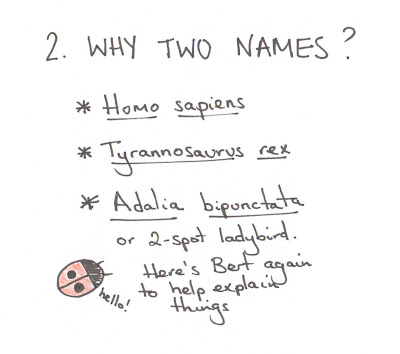Carlo Giuseppe Gené (1800-1847) was an Italian naturalist,
who became the Professor of Zoology and director of the Royal Zoological Museum
at Turin (1830). Between 1833 and 1838 Gené made four trips to Sardinia to
collect insects. These trips resulted in two primary publications, in which he
described many new species to science:
Gené, C. G. 1836: De quibusdam Insectis Sardiniae novis aut minus cognitis. [Fasciculus I.]. Memorie della Reale Accademia delle Scienze di Torino, Torino 39: 161-199, [1] Taf. (Fig.1-29).
Gené, C. G. 1839: De quibusdam Insectis Sardiniae novis aut minus cognitis. [Fasciculus II.]. Memorie della Reale Accademia delle Scienze di Torino, Classe die Scienze Fisiche, Matematiche e Naturali, 2. Ser., Torino 1: 43-84, Taf. I-II.
Most of Gené's insect collection is in Museo Regionale di Scienze Naturali di Torino, with duplicates being deposited in the Museo Civico di Storia Naturale de Milan and in Museo storia naturale di Pisa. However, some of his insect specimens are believed to be lost or destroyed.
For example, in the recent revisions of the genus Chelotrupes (a dor beetle) by Dellacasa and Dellacasa (2008) the authors were unable to find the original specimen(s) Gené used to describe Chelotrupes hiostius and so designated a neotype (a new type to replace one that is lost or destroyed). Hillert et. al. (2012) followed this in their review of the genus Chelotrupes.
The department provided the type specimen of Chelotrupes momus (Fabricius, 1792) for the Hillert et. al. (2012) work on the genus, and when the paper was recently sent to us along with the returned loan of our specimen, we noted the 'lost' Gené specimen cited. We knew we had some of Gené's specimens in Oxford, but the value and extent of this collection had not been realised.
Gené corresponded with our founder Frederick W. Hope (1797-1862) and in our archive collection there are letters to Hope dated 7th March 1835, 25th February and 24th October 1837 and June 1844. The most interesting archive (dated 1837) was a list of ninety-six Insects from Sardinia that Gené sent to Hope. In which, several of the new species, identified in the list by having 'nob' after their scientific name, which is shorthand Latin for nobis- which translates as 'belonging to me', and was used by authors to designate their new species. In this list was Geotrupes hiostius (as Gené called it).
 |
| List of specimens that Gené sent to Hope |
After the discovery of this archive we searched the collections and found the 'lost' type of Chelotrupes hiostius (Gené) in our dor beetle collection.
 |
| The type specimen of Chelotrupes hiostius |
An amazing discovery for us, as this specimen's scientific importance had not been recognised for over 170 years! We have looked for a further two specimens from this list, and have found both, one Oil Beetle and a Stag Beetle. We hope to spend some time over the summer to see how many more from this list we can find!
References:
Dellacasa M. & Dellacasa G. (2008). Revision of the genus Chelotrupes Jekel, 1866 n. stat.
(Insecta, Coleoptera, Geotrupidae). Zoosystema 30 (3): 629-640.
Hillert, O., Kràl D. & J. Schneider. (2011). Revision of
the European genus Chelotrupes (Jekel, 1866) (Coleoptera: Geotrupidae:
Chromogeotrupidae). Acta Societatis Zoologicae Bohemicae 76: 1-44.












